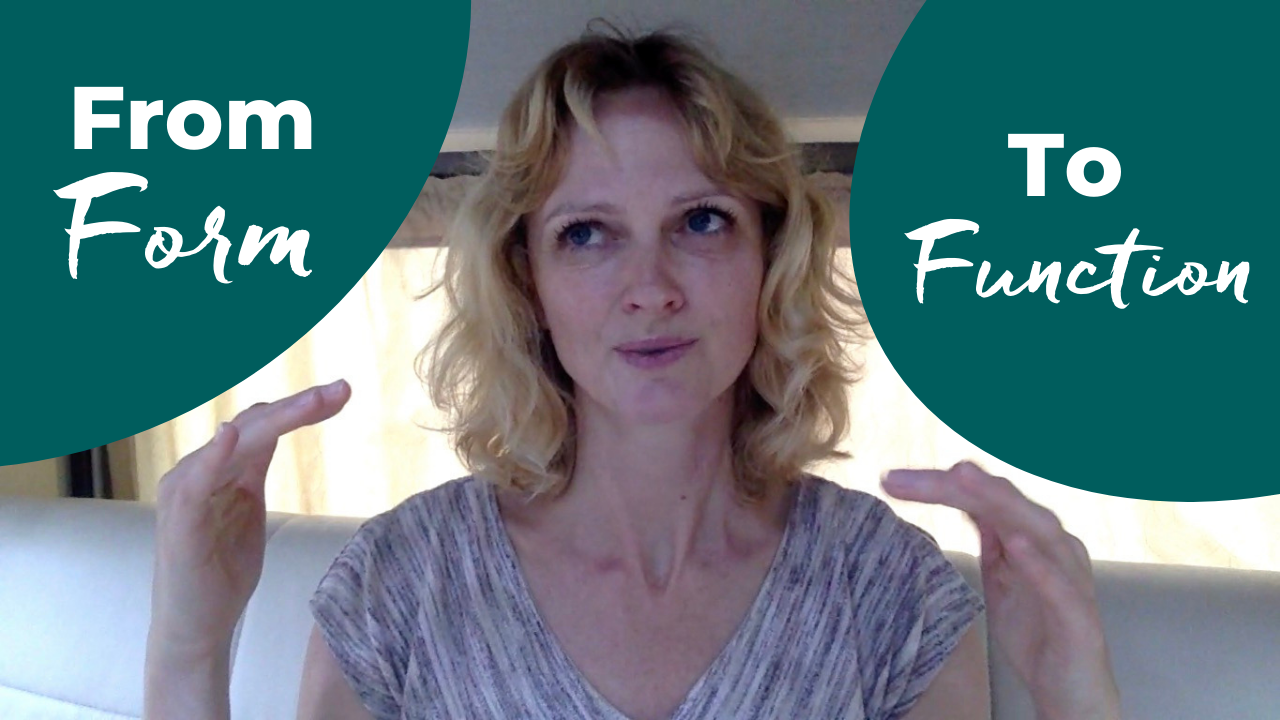From Form To Function | How Pilates Teachers Can Make a Real Difference
Oct 04, 2020
How do you go from being a good Pilates teacher to a great one?
In your teacher training, you learned the form of the exercises. You learned what the movement should look like and which body part should be moving where when. That's great- that's exactly where you need to start.
But to take your teaching to the next level and to truly help your students move better and feel better in their bodies, you need to teach people movement skills.
Once your student understands the general shape (form) of the exercise, take it deeper by helping them use each joint and muscle exactly the way it was meant to be used (function) which helps them break free from compensation patterns. You'll be helping them balance their muscles so that they all work together, rather than some muscles doing all the work while other ones getting lazy.
This sounds great, but how do we do it?
How To Transition From Teaching Exercises To Teaching Movement Skills
Many Pilates teachers think they have to memorize each muscle involved in each exercise.
I'm not saying you shouldn't study anatomy, but I am saying there is an easier way to get a grip on understanding function than remembering each individual muscle for each exercise.
Let's take the example of the Side Kick Series: Front + Back
Here are the questions I ask myself as I think through the movement:
1. Which joint is moving?
Hip joint
2. What plane of movement is it moving on?
Sagittal
3. What's the anatomical name of the movement on that plane?
Hip flexion (on the way forward) and hip extension (when the leg swings back)
This is where some memorization is coming into play. I will try to remember all muscles responsible for hip flexion and hip extension: prime movers, synergists, and antagonists.
You can look them up in your anatomy book, do a quick google search or look them up inside the Pilates Encyclopedia membership.
Don't worry if you don't know all of this right now. Just learn them one week or month at a time.
3. Which part of the body has to hold still against the movement?
Spine + Pelvis (aka Trunk) + Shoulder Girdle
The trunk stabilizers are working isometrically on the sagittal plane to prevent movement.
Does this make sense? Let's practice. Choose any exercise from the Pilates repertoire, and analyze it this way. I'm happy to help if you get stuck. Just shoot me an email.










